Fortune’s Plum Yew Tree (Cephalotaxus Fortunei) – 3 Gallon Pot
$99.97 Original price was: $99.97.$69.98Current price is: $69.98.
SKU: D2LSC 3619726919 Category: TREES
- Buy quality, buy with us.
- Your Security is Our Promise
- Sustainable materials, for a better tomorrow.
- SSL encryption, absolutely safe shopping

Fortune’s Plum Yew Tree
Cephalotaxus fortunei
Other Names: Chinese Plum Yew Tree, Chinese Cowtail Pine
Plant Details
USDA Plant Hardiness Zones: 6a-9b Find Your Zone
Plant Type: Evergreen Tree
Height at Maturity: 10-15′ in as many years
Width at Maturity: 10-15′ in as many years
Spacing: –
Growth Habit / Form: Upright, Rounded, Arching, Pendulous branchlets
Growth Rate: Slow to Moderate
Flower Color: NA
Flower Size: NA
Flowering Period: NA
Flower Type: NA
Fragrant Flowers: No
Foliage Color: Dark Green
Fragrant Foliage: No
Berries: Yes
Berry Color: Plum
Sun Needs: Shade or Mostly Shade, Morning Sun With Afternoon Shade, All Day Filtered Sun, Full Sun in cool climates (Northwest)
Water Needs: Average, Low when established
Soil Type: Clay (Amend heavy clay to ensure good drainage), Loam, Sandy, Silty; Especially likes a sandy soil
Soil Moisture / Drainage: Moist But Well-Drained to Dry when established
Soil pH: 5.0 – 7.0 (Acid to Slightly Acid)
Maintenance / Care: Very Low
Attracts: Visual Attention
Resistances: Deer, Disease, Drought (Moderate when established), Heat, Heavy Shade, Insect
Description
One of if not the rarest and coolest looking plants we grow and offer, this is the single-trunk tree form version of the Fortune’s Plum Yew, a small coniferous evergreen tree featuring linear dark green leaves that are arranged on the leaf stems in a way that resembles fern fronds. The arching and pendulous leaf stems provide a very unique look and texture in the landscape. Reddish brown bark on mature branches exfoliates with age. Like other Cephalotaxus, this one thrives in part shade to full shade in the hot South, but will take full sun in cooler climates of the Northwest. It is a slow to moderate grower reaching 8 to 10 feet tall and wide in as many years and up to 15 feet over time if left unpruned. Has a more open look when young but becomes more dense with age and/or with pruning. Extremely low maintenance and very easy to grow, it is drought tolerant when established and deer nor insects or disease have touched it in our gardens.
The specific epithet fortunei honors Robert Fortune (1812-1880), a Scottish botanist and plant collector who introduced this plant to Britain in 1848.
In case you were wondering, plants in the genus Cephalotaxus are commonly called “plum yews” because the foliage resembles that of yews (Taxus) and the fruits on female plants resemble tiny plums.
Landscape & Garden Uses
The Fortune’s Plum Yew Tree is ideal for use as a specimen or small groupings in shady landscape or woodland borders and home foundation plantings. It also makes a nice centerpiece in container gardens. An ideal addition to shade or woodland gardens, as an evergreen accent or background in perennial shade gardens, Asian themed gardens, and rare plant gardens.
Growing Preferences
Exceptionally easy to grow and with no insect or disease problems, the Fortune’s Plum Yew Tree prefers a moist but well-drained soil and part to full shade. It is very drought tolerant when established and will tolerate full sun in cooler climates of the Pacific Northwest. It does not require pruning however responds well to it for shaping purposes. The best time to prune is in early spring before the first flush of new growth. To maintain the tree form remove any growth that emerges along the trunk. Hardy in USDA Zones 6-9.
Helpful Articles
Click on the link below to find helpful advice from our experts on how to plant, fertilize, prune and water Plum Yews.
How To Plant & Care For Plum Yews
Plant Long & Prosper!
Meet The Wilson Brothers & Staff
Questions? Contact Us
Plant arrived very healthy and nice size———————————————-We are so glad you are pleased and we hope you enjoy it for years to come! Thanks for the great review! 🙂 Beth Steele | WBG
Be the first to review “Fortune’s Plum Yew Tree (Cephalotaxus Fortunei) – 3 Gallon Pot” Cancel reply
Related products
Sale!
Sale!
Sale!
Sale!
Sale!
Sale!
Sale!
Sale!






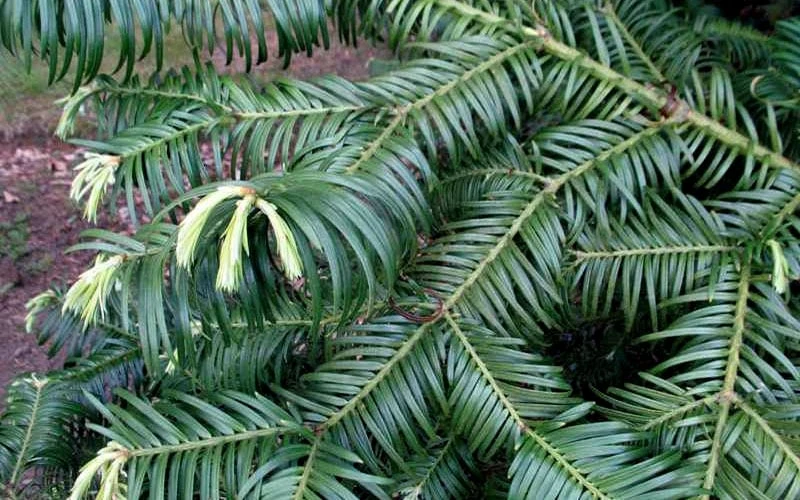



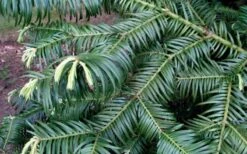






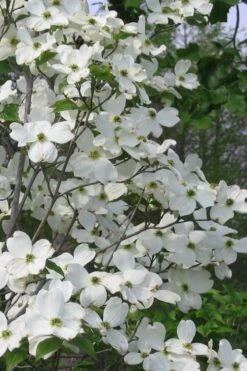

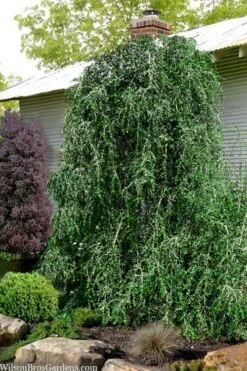



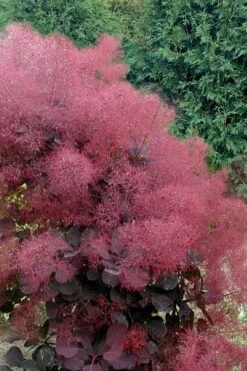



Reviews
There are no reviews yet.